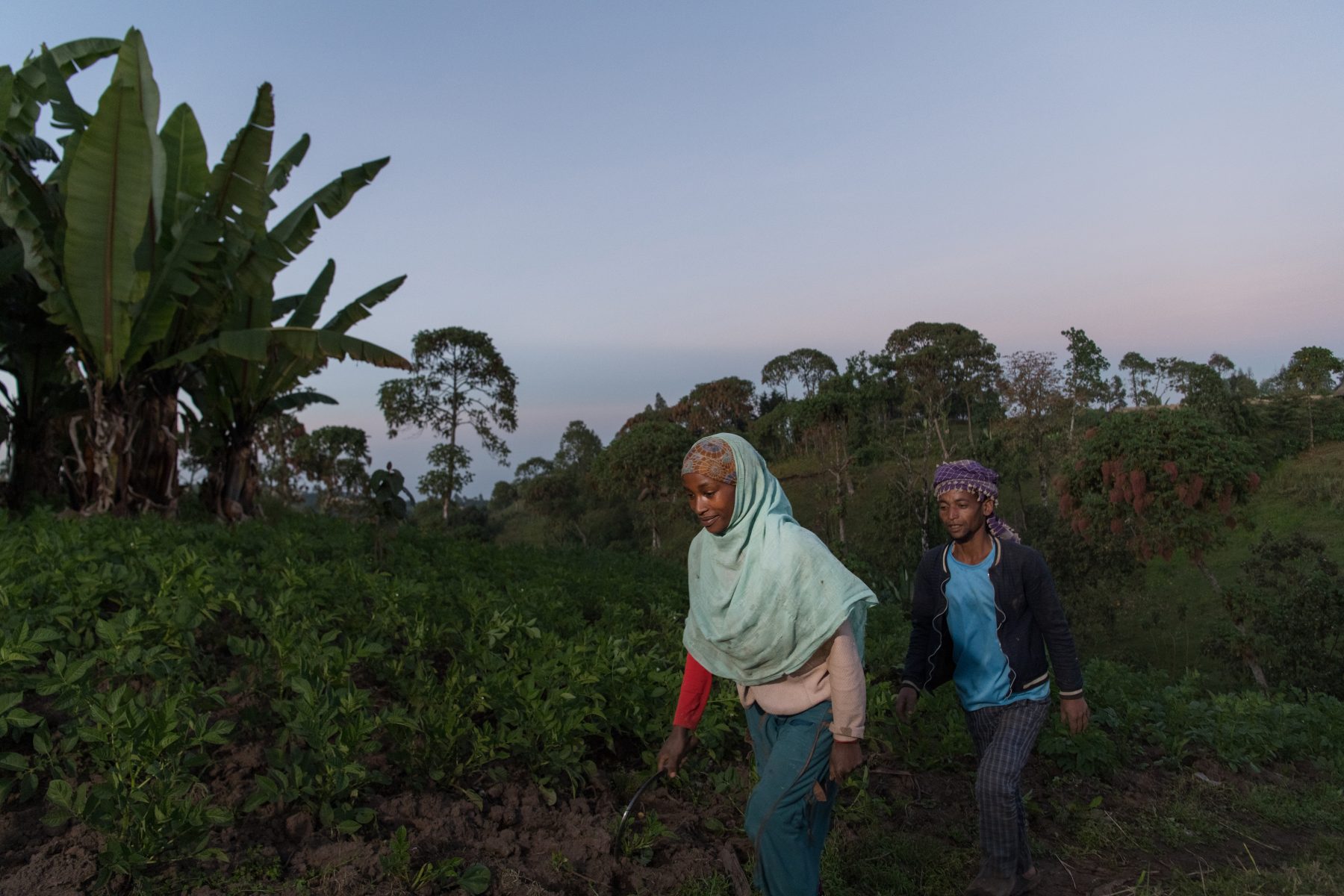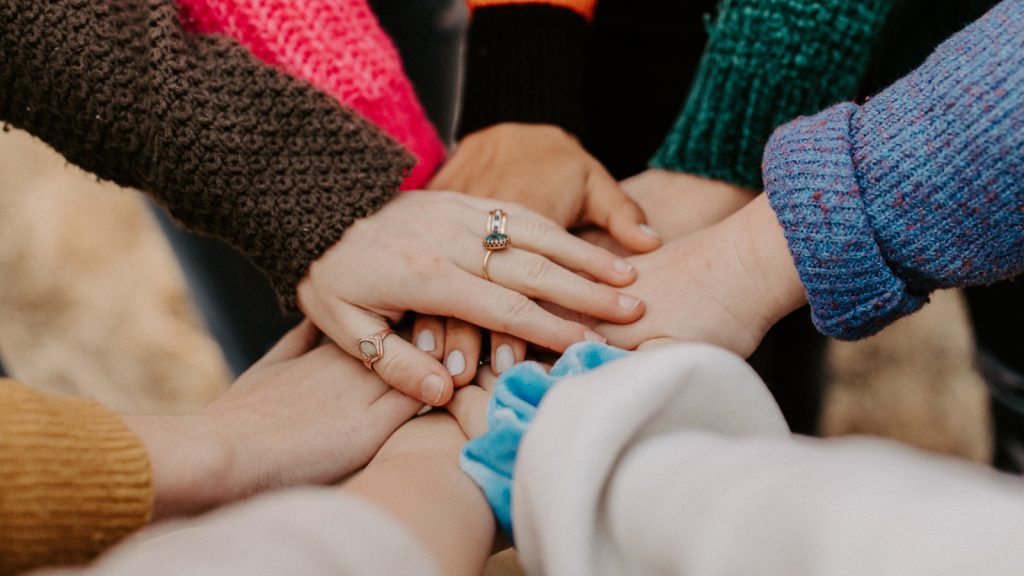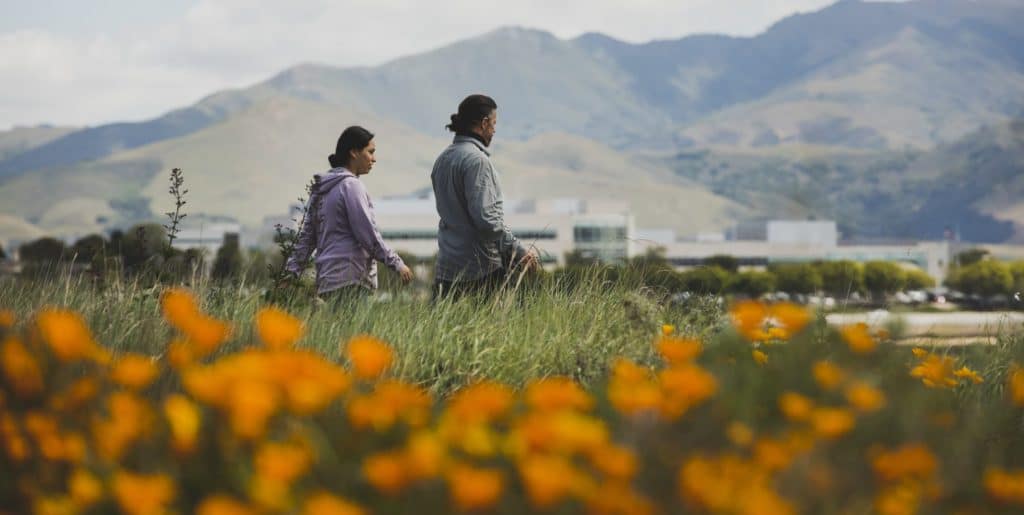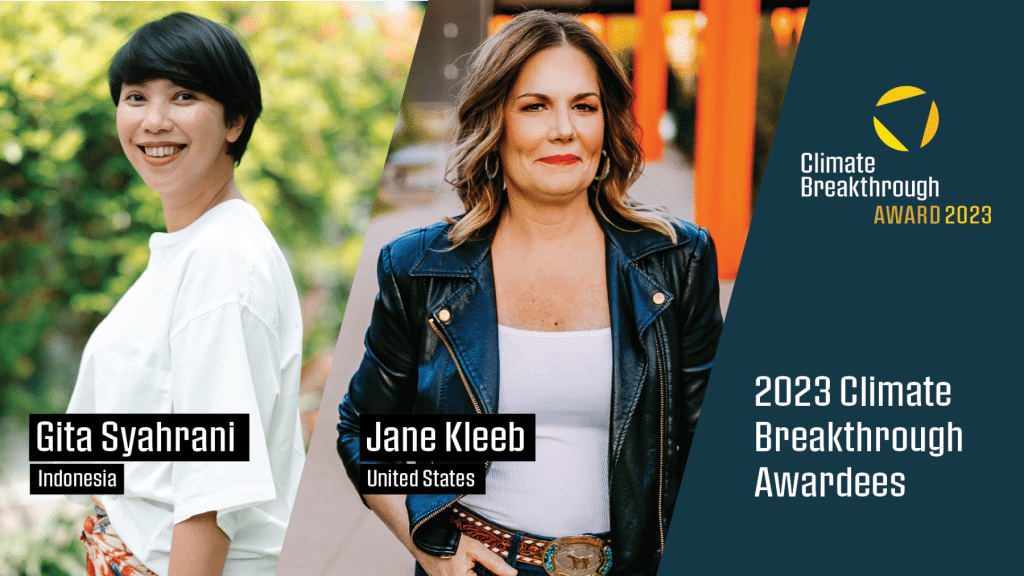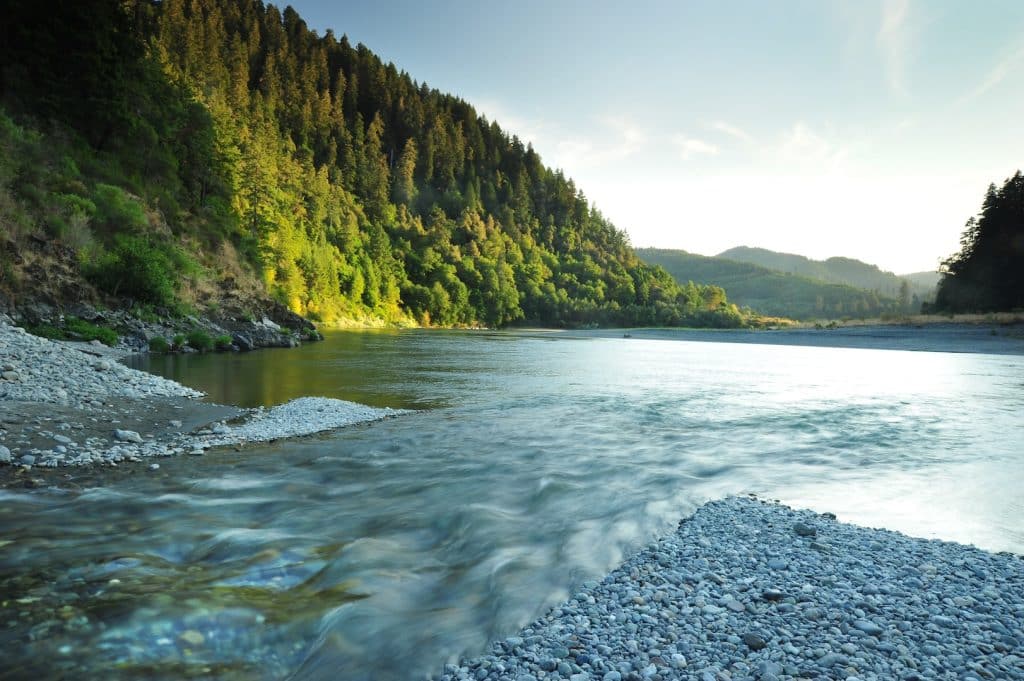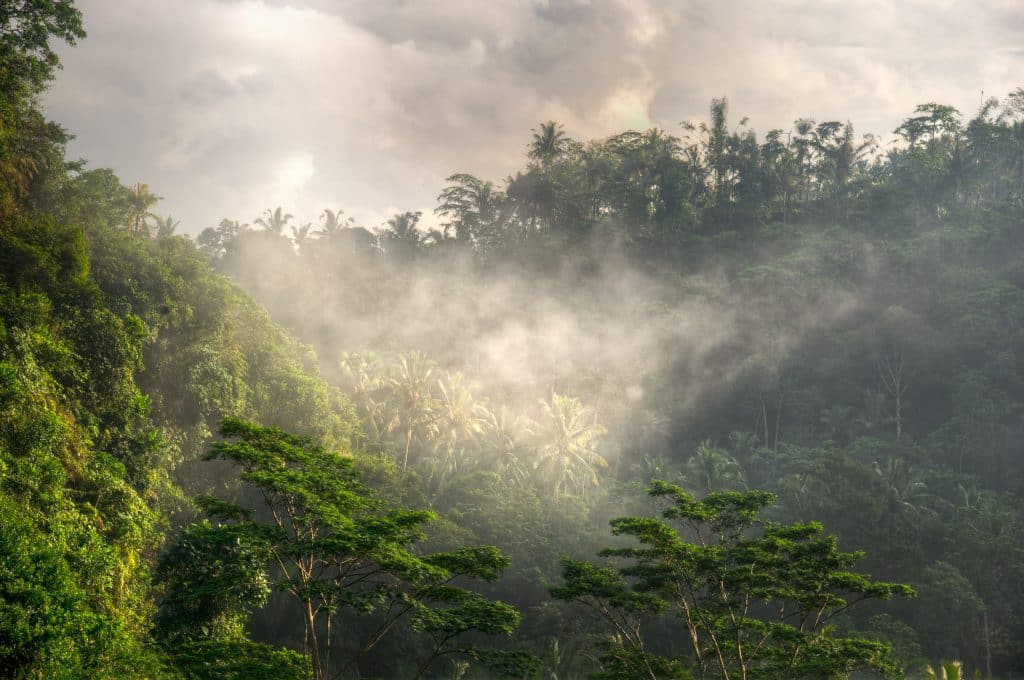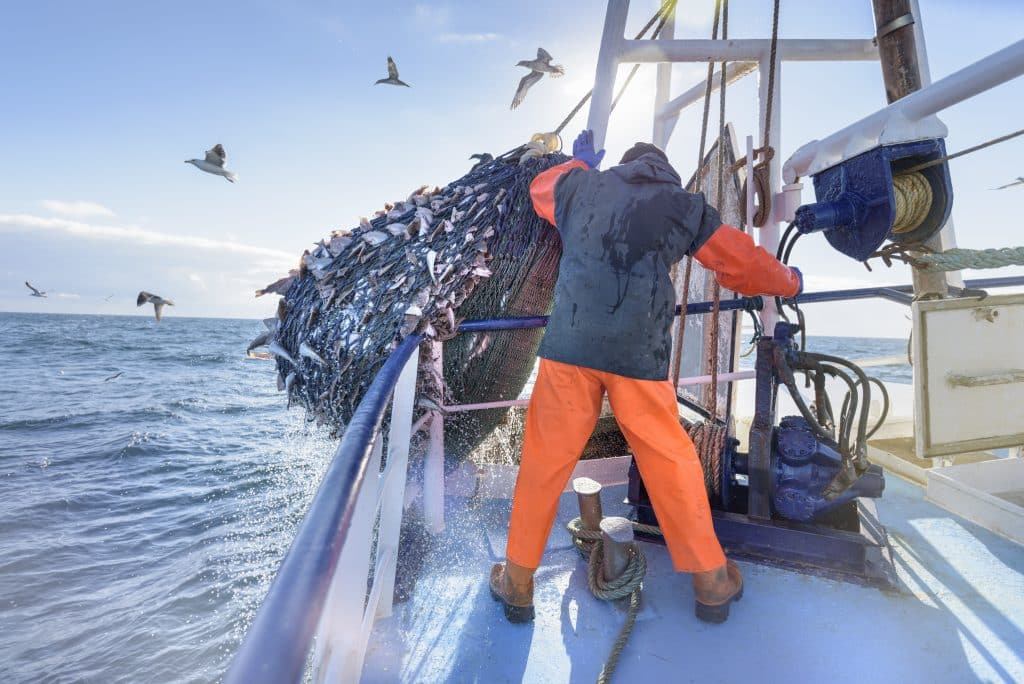“Indigenous youths are the future leaders and policymakers. We are doing our part to keep the knowledge alive and language alive, and I think that’s really the face or the picture of what hope is.”
— Monica Ndoen, the Indigenous Peoples Alliance of the Archipelago, Indonesia (AMAN), as told to the New York Times
There is no viable solution to the climate crisis without increased forest and land management by Indigenous Peoples and local communities.
People like Monica are proven forest guardians, passing knowledge to the next generation on protecting the diverse tropical forests that are vital to safeguarding the planet from climate change, biodiversity loss, and pandemic risk.
About one-quarter of the world’s land is owned or managed by Indigenous Peoples and local communities, and by some estimates, 80 percent of the world’s biodiversity is found on these lands. And yet only a small proportion of these communities holds secure rights to own, manage, and control their land and resources.
When it comes to meaningful forest protection, Indigenous Peoples and local communities are among the most effective groups at conserving and sustainably managing the land and forests that they live and depend on. Compared to land that is managed by governments or private corporations, research shows that when Indigenous Peoples and local communities hold rights to manage their land, there are lower rates of deforestation, fewer greenhouse gas emissions, better biodiversity protection, and improved livelihoods. Despite these findings, these communities receive only a tiny fraction of climate funding – less than one percent.
Ownership and Management: Indigenous Peoples and local communities own and/or manage 25% of the world’s land. (Source)
Our Commitment
That is why, as world leaders met last year in Glasgow, Scotland for the 26th annual UN Climate Conference (COP26), we joined five governmental and 16 philanthropic funding partners to commit a collective and historic $1.7 billion to support the advancement of these rights. In looking at how funds were dispersed during the first year of this pledge, 44 percent of funds came from private donors, and 56 percent came from government donors. This is the largest public-private commitment to support Indigenous peoples and local communities to date.
We want to see a world where more Indigenous Peoples & local communities are recognized for their role as #GuardiansOfTheForest & partners in creating #ClimateSolutions.🌲🌍
— Packard Foundation (@PackardFdn) November 4, 2021
Joining the $1.7B pledge is just one step in ensuring that future. https://t.co/H5DUGgvKR7 #IPLCs #COP26
At the Packard Foundation, we committed $7.5 million to support the pledge through the Climate and Land Use Alliance (CLUA), a collaborative of foundations who focus on the value that forests and sustainable land use bring as an essential part of the global response to climate change.
Steps We Have Taken So Far
Getting resources into the right hands
Our pledged funds to CLUA are providing support in two ways. First, through our CLUA funding we are supporting more than 15 funds and organizations that provide direct financial support to Indigenous Peoples and local community organizations.
One such fund is the Indigenous Peoples Alliance of the Archipelago (AMAN), a community organization with a vision to create a just and prosperous life for all Indigenous Peoples in Indonesia. AMAN partnered with other Indigenous organizations around the world to create a broader climate funding framework, known as the Shandia Vision. “Shandia”, which means “new day” in Quechua, will move funding into Indigenous-led projects and aim to raise and distribute $300 million from public and private funding sources over the next decade.
Also, through this funding to CLUA we are providing resources so that Indigenous People and local community organizations have support in deciding if they want to engage in carbon markets, and, if so, to receive equitable benefits from their involvement in the markets. Deciding to engage in carbon markets comes with both opportunities and challenges and can be a difficult path to navigate. If organizations do decide to engage in carbon markets, it is important that they have access to resources to help prevent threats to their lands, rights, and governance.
Listening and learning
As we move forward, we are continuing to listen and to learn. To guide our efforts and to promote learning across the field more broadly, we also supported the creation of two new reports:
The new Forest Tenure Funders Group Annual Report includes over a dozen case studies from funders highlighting actions, along with key challenges, as a starting point to ensuring that the pledge funds are implemented equitably and secure additional support:
Another new report, “Directing Funds to Rights,” compiles insights from more than 200 Indigenous Peoples organizations and networks from forests in Africa, Asia and Latin America and provides recommendations on how to channel funds in ways that underpin their rights:
Join Us
Taken together, these efforts demonstrate part of how we can contribute to a more just and equitable world.
Our President and CEO, Nancy Lindborg, recently spoke about the importance of this pledge:
While these are crucial first steps, we have a long way to go to sufficiently fund and truly transform action that can secure rights and forest guardianship for Indigenous Peoples and local communities in the face of catastrophic climate change.
It is not too late to join this historic pledge.
As the Packard Foundation continues to reimagine our future, we are committed to sharing annual updates on our progress. Bringing faster positive change for a more just and equitable world is everyone’s concern, and we must do more, now. Please join us.
